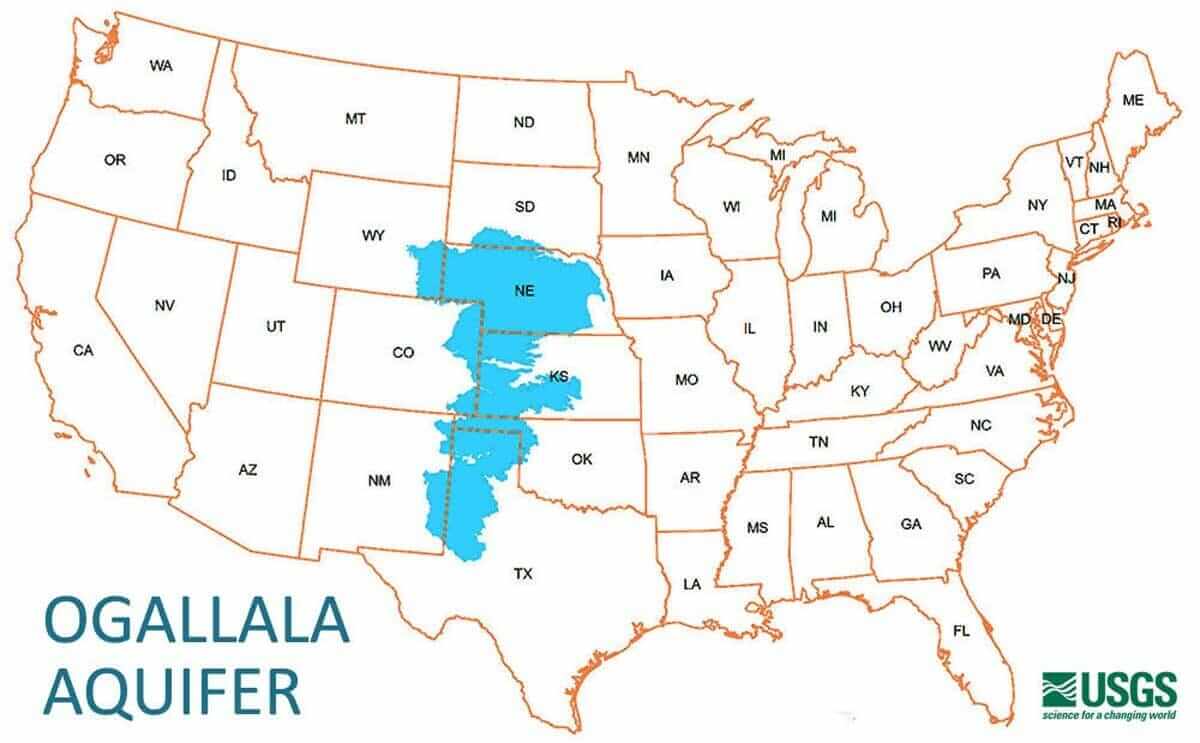I wanted to quickly talk about agriculture and the difference between blue water, green water, and grey water, and why that complicates talking about the water footprint of different foods. First of all, the concept of Virtual Water is that it is intended to measure the total amount of water used during the production of goods and services. But whether using that amount of water is sustainable or not depends on where production is done, and where the water comes from. Is the region water-rich or water-poor? Is the source self-replenishing or finite? What of the pollutants in the wastewater? The Water Footprint is more detailed, and looks at the water's source and the impact of nitrates in agricultural runoff. To do this, water is divided into blue water, green water, and grey water. A large blue water footprint is worse than a large green water footprint, and the grey water footprint should be as small as is practical.

https://cdn.thinglink.me/api/image/707999779610689537/1240/10/scaletowidth
Here, blue water refers to both surface water and groundwater. In terms of agriculture, this usually encompasses all of the sources for irrigation water other than rain barrels and recycled household water (which confusingly is called "grey water" in other contexts). Surface water includes lakes and river. This water can be depleted if used at an unreasonable rate. (For example, the Colorado River no longer reaches the sea, which is a disaster for the life that once teemed at the fertile river delta (Zielinski, 2010).) This requires a whole discussion about river flow, snowpack, dams, diversions, and artificial lakes and reservoirs and their impact on ecology; suffice it to say that using blue water is problematic, but how problematic depends on how much is used. Groundwater includes both water from rechargeable aquifers and non-rechargeable aquifers (the latter is also called "fossil water" and should be used as a last resort; rechargeable aquifers should not be depleted faster than their recharge rate, which varies). Green water is the moisture held in soil from rainfall. It is an important agricultural input, but provided free by nature, is self-replenishing, and if not used by agricultural crops will be taken up by other plants. Grey water, in this paradigm, is the amount of water required to safely dilute nitrogen runoff from crops. When it comes to water pollution this measurement is only scratching the surface, and is also hard to measure without making a lot of assumptions. As you can see, when evaluating water consumption, a higher green water to blue and grey water ratio is important. That means that not just what is grown, but where, and how food is grown all need to be considered when looking at the water footprint of food.

Also, irrigation water sourced by desalination doesn't have the same type of impact that other forms of blue water do. Since this is a highly energy-consumptive practice that in effect creates fresh water where it had not existed before, the source of the energy matters, as well as how brine is disposed of or returned to the sea. In desert regions desalination for agriculture is becoming increasingly relevant.

https://ars.els-cdn.com/content/image/1-s2.0-S0167779915002723-gr1b1.jpg
There are also water-efficient and water-inefficient ways of irrigating crops. Flooding rice fields can use a great deal of water - especially compared to some of the most sophisticated irrigation systems, which can sense soil moisture and deliver precision water and nutrient directly to the plant roots with drip irrigation or, better yet, subsurface irrigation.

The final thing I'd like to bring up is that when food grown with unsustainable blue water is imported by a country that has a lot of rainwater resources, this is not a good use of the Earth's water resources. Why would this happen? Perhaps because labor can be less expensive in countries at latitudes that just happen to be drier (for example, Mexico in comparison to the U.S.). We can end up with a social justice issue, especially when the economics between regions are asymmetrical, where wealthy countries can pressure poor countries to use up their finite water resources just to sell enough agricultural produce, water-intensive foods like beef, and other goods with a lot of embedded water, likes clothes or electronics, to pay off their debts.

https://waterfootprint.org/media/medialibrary/2015/04/VirtualWT1.png?e=1
That thick arrow you see coming from the U.S. is mostly wheat and corn grown with blue water from the rapidly-depleting Ogallala Aquifer, by the way. This isn't happening to pay off debt; it's because the U.S. subsidizes agriculture for export, and this is the result. Here's a good article about aquifer depletion in the U.S. if you want to find out more: https://modernfarmer.com/2015/07/ogallala-aquifer-depletion/ (Links to an external site.)

Zielinski, S. (2010, October). The Colorado River runs dry. Smithsonian Magazine. Retrieved from https://www.smithsonianmag.com/science-nature/the-colorado-river-runs-dry-61427169/ (Links to an external site.)
No comments:
Post a Comment